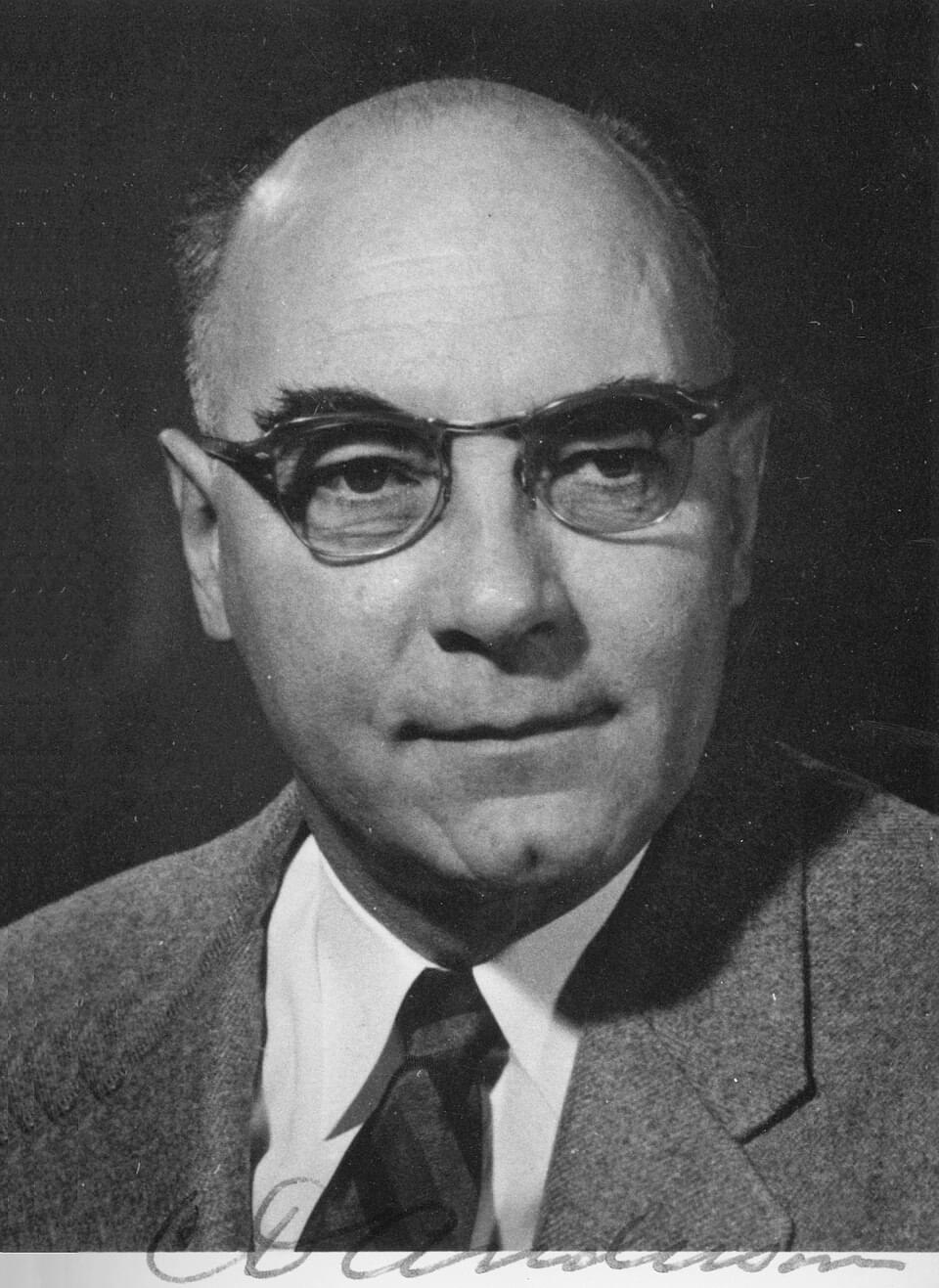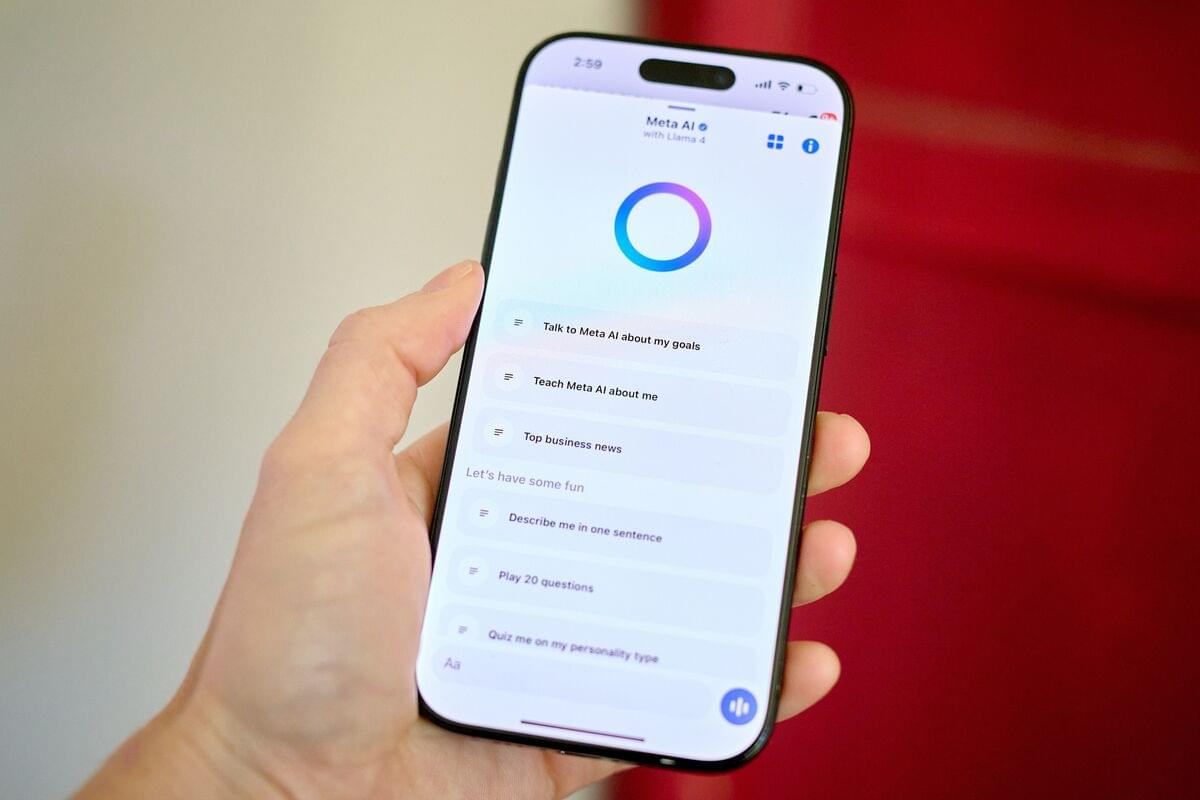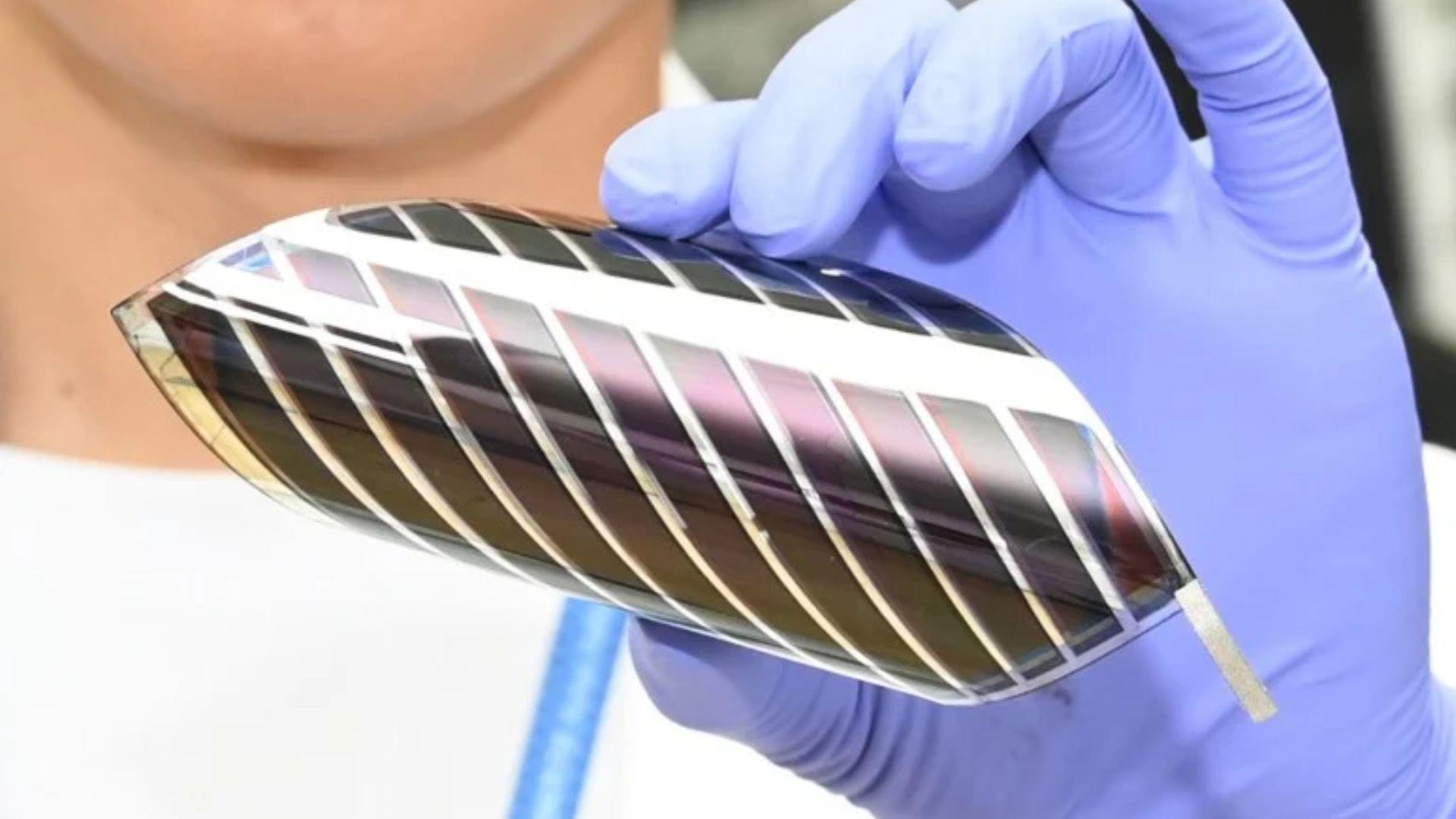When people viewed virtual avatars with coughs or rashes, their brain triggered an immune response


The ER-100 drug candidate reverses aging in mice, and David Sinclair says human trials start soon. Is this a magic pill for aging? Dr. Aubrey de Grey discusses the latest advances in life-extension research.
Our story begins on X, where user “rand_longevity” wrote, “Aging will be reversible in humans within 8 years”, to which Dr. David Sinclair replied, “8 years? After successful non-human primate trials, human age reversal trials are set to begin in 6 months”, later naming the ER-100 drug candidate.
Life Biosciences ER-100 drug candidate leverages partial epigenetic programming using 3 of the 4 Yamanaka factors to promote cellular rejuvenation to a younger state without the loss of cell identity. They believe this will help prevent or reverse age-related diseases at a root level — but they’re not the only organization pursuing life-extension research.
Dr. de Grey’s own research has focused primarily on accumulated side effects from metabolism, embodied in the title of his 1999 book, “The Mitochondrial Free Radical Theory of Aging”.
Dr. de Grey is well-known as one of the top gerontology and life-extension scientists in the world, and his own work has also been successful in extending the lifespan of lab animals. In this program, he discusses his work and some of the key elements of living a longer, healthier life.
DISCLAIMER: This program is a discussion is about ongoing scientific research, and is NOT providing medical advice. Please consult your doctor before starting any supplements, beginning an exercise routine, or undertaking lifestyle changes.

A new artificial intelligence (AI) tool could make it much easier—and cheaper—for doctors and researchers to train medical imaging software, even when only a small number of patient scans are available.
The AI tool improves upon a process called medical image segmentation, where every pixel in an image is labeled based on what it represents—cancerous or normal tissue, for example. This process is often performed by a highly trained expert, and deep learning has shown promise in automating this labor-intensive task.
The big challenge is that deep learning-based methods are data hungry—they require a large amount of pixel-by-pixel annotated images to learn, explained Li Zhang, a Ph.D. student in the Department of Electrical and Computer Engineering at the University of California San Diego. Creating such datasets demands expert labor, time and cost. And for many medical conditions and clinical settings, that level of data simply doesn’t exist.


The advent and widespread adoption of diverse widefield imaging techniques across multiple spatial resolutions has demonstrated that cortical activity often propagates as waves structured in both time and space. This realization allows neuroscientists to draw on a rigorous theoretical framework developed in wave physics to complement and inform the rapid neuroscientific advances shedding light on the physiological mechanisms and psychological implications of cortical wave dynamics. In support of this synthesis, we review some of the core concepts that underpin wave physics and consider how they relate to experimental studies of cortical wave physiology and psychology.

Carl David Anderson was born in New York City, the son of Swedish immigrants. He studied physics and engineering at Caltech (B.S., 1927; Ph. D., 1930). Under the supervision of Robert Millikan, He began investigations into cosmic rays during the course of which he encountered unexpected particle tracks in his (modern versions now commonly referred to as an Anderson) cloud chamber photographs that he correctly interpreted as having been created by a particle with the same mass as the electron, but with opposite electrical charge. This discovery, announced in 1932 and later confirmed by others, validated Paul Dirac’s theoretical prediction of the existence of the positron. Anderson first detected the particles in cosmic rays. He then produced more conclusive proof by shooting gamma rays produced by the natural radioactive nuclide ThC’’ (208 Tl) [ 2 ] into other materials, resulting in the creation of positron-electron pairs. For this work, Anderson shared the 1936 Nobel Prize in Physics with Victor Hess. [ 3 ] Fifty years later, Anderson acknowledged that his discovery was inspired by the work of his Caltech classmate Chung-Yao Chao, whose research formed the foundation from which much of Anderson’s work developed but was not credited at the time. [ 4 ]
Also in 1936, Anderson and his first graduate student, Seth Neddermeyer, discovered a muon (or ‘mu-meson’, as it was known for many years), a subatomic particle 207 times more massive than the electron, but with the same negative electric charge and spin 1/2 as the electron, again in cosmic rays. Anderson and Neddermeyer at first believed that they had seen a pion, a particle which Hideki Yukawa had postulated in his theory of the strong interaction. When it became clear that what Anderson had seen was not the pion, the physicist I. I. Rabi, puzzled as to how the unexpected discovery could fit into any logical scheme of particle physics, quizzically asked “Who ordered that?” (sometimes the story goes that he was dining with colleagues at a Chinese restaurant at the time). The muon was the first of a long list of subatomic particles whose discovery initially baffled theoreticians who could not make the confusing “zoo” fit into some tidy conceptual scheme.

If there’s any lesson to take from the spending plans issued by the world’s largest technology companies over the past two weeks, it’s to never underestimate the fear of missing out.
Microsoft Corp., which set a $24.2 billion capital spending record last quarter, plans to drop upwards of $30 billion in the current period. Amazon.com Inc. similarly spent $31.4 billion last quarter, almost double what it dropped a year ago, and is maintaining that level of investment. Google owner Alphabet Inc. raised its capital expenditures guidance this year to $85 billion.


